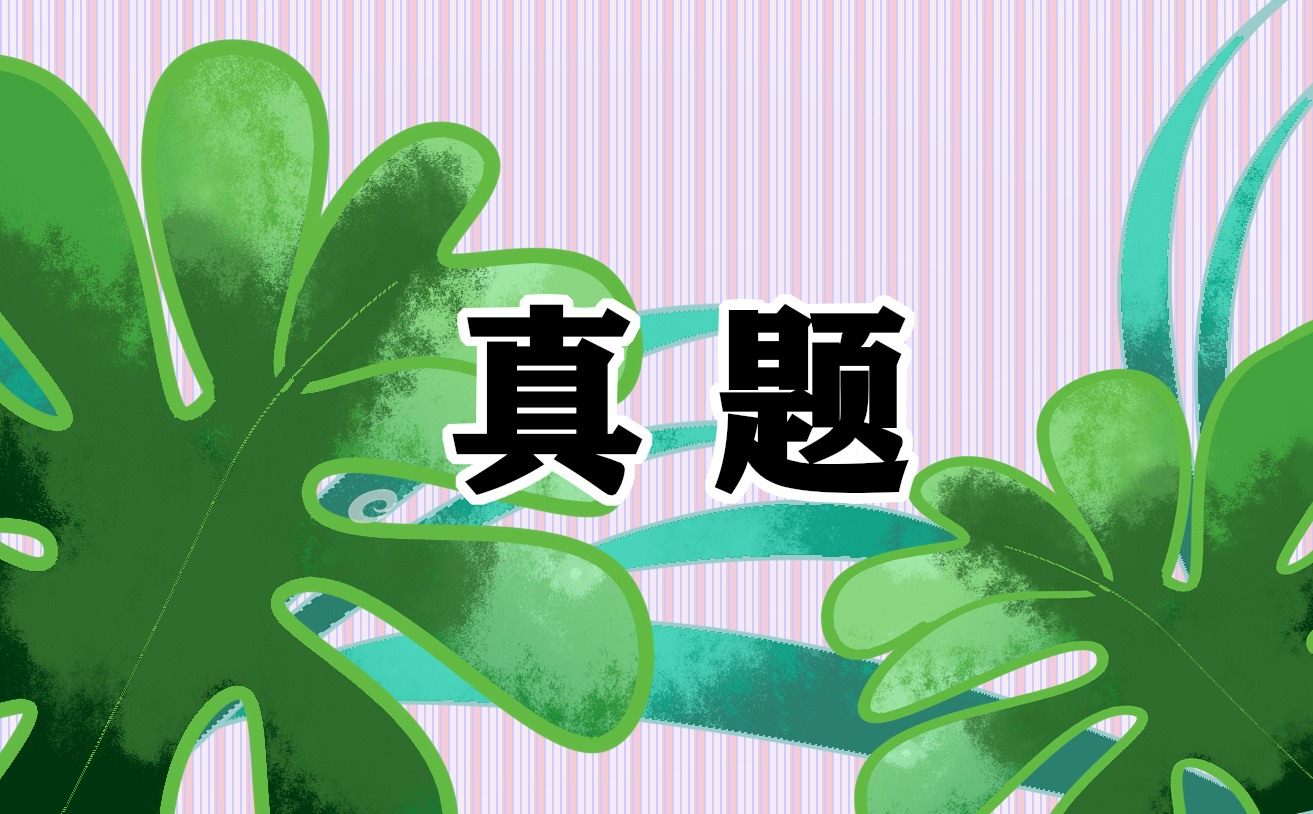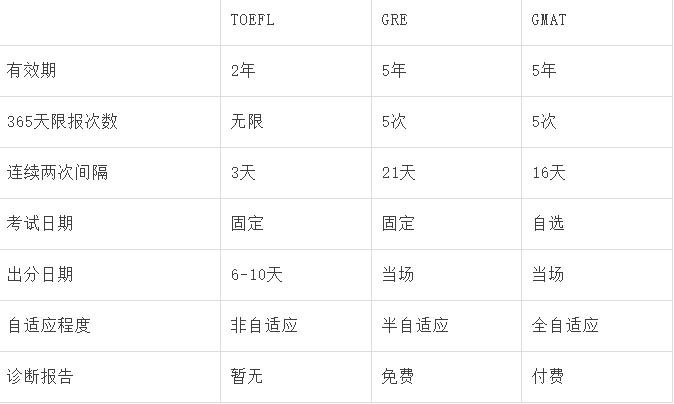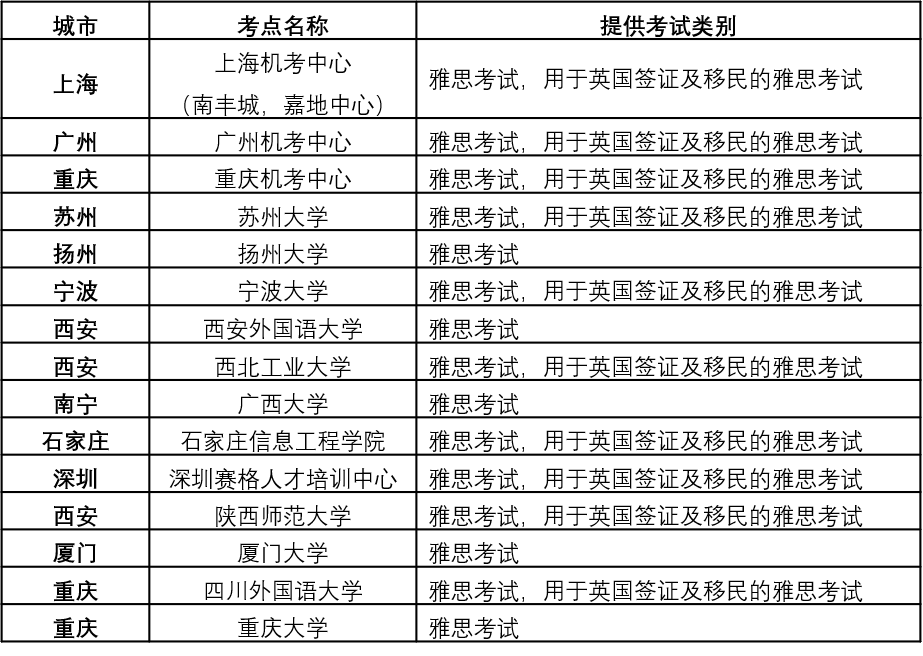考生想要申请好一点的学校,那么你的托福成绩就需要很高。今天小编给大家带来托福口语满分备考技巧,希望能够帮助到大家,下面小编就和大家分享,来欣赏一下吧。
新托福114分高分经验——托福口语满分备考技巧
先来晒一上分数阅读:27分;听力:28分;口语:30分;写作:29分;总分:114分。单凭人品肯定是考不出这么高的分数的,那么大牛是如何时行托福备考的呢?
托福阅读提升方法
托福阅读备考没有好的办法,只有考前多读阅读文章,就算你的水平不怎么样,但是只要你对托福付出了足够了,你的阅读水平肯定就会有提升。但如果想要提高阅读得分,就要进行精确的准备。下面是大牛的备考方法:
1、看英文著作:在考试前的一个月里,无论再忙都会抽出一些时间来看看英文小说,大牛最喜欢的是《The English Patient》,终于在考前的2天里把这一本书给看完了。读完这本书之后,大牛觉得自己的英文理解能力得到了很大的提升,另外觉得自己的阅读兴趣好像也增加了不少。如果你在备考托福的时候,也可以坚持这样的练习,相信你也可以得到提升。
2、阅读生词:这个是建立在阅读文章的基础上的,小站教育编辑提醒大家,大家平时可以做做Barron.Delta等托福阅读备考资料,在练习时在遇到生词的时候,都要把它们弄明白。
托福听力提升方法
托福听力想要得到高分,那么对于练习方法就必不可少,但是每个人的情况和水平又不一样,所以方法也就会不一样。总的来说就是要找到适合自己的方法就是对的方法。托福听力练习无外乎就是看美剧,听力精听练习等。下面就是大牛的听力提长方法:
1、看老友记:这部美剧是一个经典中的经典。很多托福考试在备考托福的时候就是用这个来练习听力。大牛建议大家,如果你刚开始接触利用美剧来练习,那么你先白痴的看一遍,然后去读台词,遇到不明白单词要去查看它的意思;然后丢掉台词去看一遍;再然后可以结合台词去看;最后就可以裸看了。其实听力水平的提升如同打游戏一样,打得久了自然就会熟悉,最后就顺利通关。听力备考是一个长期的过程,所以要有耐心去练习。
2、精听练习,这也是练习托福听力最常用的一个方法。要练到你对你的听力材料完全明白是什么意思,听完了材料就知道大概会出什么样的题目,这样才会得到效果。
3、听歌,这是一种轻松的备考方法,有很多优秀的英文歌曲都是非常不错的,不但旋律很好,而且如果你能把它们都听明白,那么你的托福听力也会得到很大的提升。托福听力就是一个听的过程,听懂了,明白了,自然就会做题了。
托福口语提升方法
这也是大牛这次考试最得意的一科,考前完全没有想到的,或许这里面也有一部分的运气成分。但是还是与自己的不断努力有很大的关系。下面是大牛托福口语提长的方法:
1、准备模板:在备考托福口语考试的时候一定要准备模板,不仅仅是第一题,其实所有题都需要准备。如果你在考试中使用了模板,那么你将会有充足的时间来准备。当然模板的来源大家在平时练习真题的时候,就要对一些热门话题和常考话题进行积累,并做出模板,考试的时候遇到这类话题就可以直接用了。
2、不断的练习说,托福口语就是一个说的过程,你在平时练习的时候,可以自己说然后录下来,再去修改;也可以找朋友来说,找老师来说,这样久而久之,你的托福口语水平就会有明显的提升。
3、克服害怕,在考试的时候千万不要怯场,要大声的说出来,在备考托福口语的时候要培养自己的自信心。
4、偷听,这也是一个小技巧,在考试的时候考生可以把自己的耳机向后带一点,因为每个人的考试时间可能会有差别,可能你刚进考场的时候,别人都在做综合口语的,所以在听到别人怎么说,说什么很重要,哪怕是听到一丢丢也是赚的。
托福写作提升方法
对于托福写作,考生需要注意的是:1、作文的段落一定要写清楚,要将题目中的问题阐述清楚;2、平时练习的时候要多积累一些好词好句,可以多看看满分范文;3、文章千万不能跑题;1、打字速度要提上来,如果你有好多内容要写,但是打字速度跟不上,可能会造成文章完不成。
托福阅读真题原题+题目
In July of 1994, an astounding series of events took place. The world anxiously watched as, every few hours, a hurtling chunk of comet plunged into the atmosphere of Jupiter. All of the twenty-odd fragments, collectively called comet Shoemaker-Levy 9 after its discoverers, were once part of the same object, now dismembered and strung out along the same orbit. This cometary train, glistening like a string of pearls, had been first glimpsed only a few months before its fateful impact with Jupiter, and rather quickly scientists had predicted that the fragments were on a collision course with the giant planet. The impact caused an explosion clearly visible from Earth, a bright flaming fire that quickly expanded as each icy mass incinerated itself. When each fragment slammed at 60 kilometers per second into the dense atmosphere, its immense kinetic energy was transformed into heat, producing a superheated fireball that was ejected back through the tunnel the fragment had made a few seconds earlier. The residues from these explosions left huge black marks on the face of Jupiter, some of which have stretched out to form dark ribbons.
Although this impact event was of considerable scientific import, it especially piqued public curiosity and interest. Photographs of each collision made the evening television newscast and were posted on the Internet. This was possibly the most open scientific endeavor in history. The face of the largest planet in the solar system was changed before our very eyes. And for the very first time, most of humanity came to fully appreciate the fact that we ourselves live on a similar target, a world subject to catastrophe by random assaults from celestial bodies. That realization was a surprise to many, but it should not have been. One of the great truths revealed by the last few decades of planetary exploration is that collisions between bodies of all sizes are relatively commonplace, at least in geologic terms, and were even more frequent in the early solar system.
1. The passage mentions which of the following with respect to the fragments of comet
Shoemaker-Levy 9?
(A) They were once combine in a larger body.
(B) Some of them burned up before entering the atmosphere of Jupiter.
(C) Some of them are still orbiting Jupiter.
(D) They have an unusual orbit.
2. The word collectively in line 3 is closest in meaning to
(A) respectively
(B) popularly
(C) also
(D) together
3. The author compares the fragments of comet Shoemaker-Levy 9 to all of the following EXCEPT
(A) a dismembered body
(B) a train
(C) a pearl necklace
(D) a giant planet
4. Before comet Shoemaker-Levy 9 hit Jupiter in July 1994, scientists
(A) had been unaware of its existence
(B) had been tracking it for only a few months
(C) had observed its breakup into twenty-odd fragments
(D) had decided it would not collide with the planet
5. Before the comet fragments entered the atmosphere of Jupiter, they were most likely
(A) invisible
(B) black
(C) frozen
(D) exploding
6. Superheated fireballs were produced as soon as the fragments of comet Shoemaker- Levy 9
(A) hit the surface of Jupiter
(B) were pulled into Jupiter's orbit
(C) were ejected back through the tunnel
(D) entered the atmosphere of Jupiter
7. The phrase incinerated itself in line 9 is closest in meaning to
(A) burned up
(B) broke into smaller pieces
(C) increased its speed
(D) grew in size
8. Which of the following is mentioned as evidence of the explosions that is still visible on
Jupiter?
(A) fireballs
(B) ice masses
(C) black marks
(D) tunnels
9. Paragraph 2 discusses the impact of the comet Shoemaker-Levy 9 primarily in terms of
(A) its importance as an event of great scientific significance
(B) its effect on public awareness of the possibility of damage to Earth
(C) the changes it made to the surface of Jupiter
(D) the effect it had on television broadcasting
10. The target in line 20 most probably referred to
(A) Earth
(B) Jupiter
(C) the solar system
(D) a comet
PASSAGE 26 ADDBC DACBA
托福阅读真题原题+题目
The mineral particles found in soil range in size from microscopic clay particles to large boulders. The most abundant particles — sand, silt, and clay — are the focus of examination in studies of soil texture. Texture is the term used to describe the composite sizes of particles in a soil sample, typically several representative handfuls.
To measure soil texture, the sand, silt, and clay particles are sorted out by size and weight. The weights of each size are then expressed as a percentage of the sample weight. In the field, soil texture can be estimated by extracting a handful of soil and squeezing the damp soil into three basic shapes; (1) cast, a lump formed by squeezing a sample in a clenched fist; (2) thread, a pencil shape formed by rolling soil between the palms; and (3) ribbon, a flatfish shape formed by squeezing a small sample between the thumb and index finger. The behavioral characteristics of the soil when molded into each of these shapes, if they can be formed at all, provide the basis for a general textural classification. The behavior of the soil in the hand test is determined by the amount of clay in the sample. Clay particles are highly cohesive, and when dampened, behave as a plastic. Therefore the higher the clay content in a sample, the more refined and durable the shapes into which it can be molded.
Another method of determining soil texture involves the use of devices called sediment sieves, screens built with a specified mesh size. When the soil is filtered through a group of sieves, each with a different mesh size, the particles become grouped in corresponding size categories. Each category can be weighed to make a textural determination. Although sieves work well for silt, sand, and larger particles, they are not appropriate for clay particles. Clay is far too small to sieve accurately; therefore, in soils with a high proportion of clay, the fine particles are measured on the basis of their settling velocity when suspended in water. Since clays settle so slowly, they are easily segregated from sand and silt. The water can be drawn off and evaporated, leaving a residue of clay, which can be weighed.
1. What does the passage mainly discuss?
(A) Characteristics of high quality soil
(B) Particles typically found in most soils
(C) How a high clay content affects the texture of soil
(D) Ways to determine the texture of soil
2. The author mentions several representative handfuls in line 4 in order to show
(A) the range of soil samples
(B) the process by which soil is weighed
(C) the requirements for an adequate soil sample
(D) how small soil particles are weighted
3. The phrase sorted out in line 5 is closest in meaning to
(A) mixed
(B) replaced
(C) carried
(D) separated
4. It can be inferred that the names of the three basic shapes mentioned in paragraph 2 reflect
(A) the way the soil is extracted
(B) the results of squeezing the soil
(C) the need to check more than one handful
(D) the difficulty of forming different shapes
5. The word dampened in line 14 is closest in meaning to
(A) damaged
(B) stretched
(C) moistened
(D) examined
6. Which of the following can be inferred from the passage about a soil sample with little or no
clay in it?
(A) It is not very heavy.
(B) It may not hold its shape when molded.
(C) Its shape is durable
(D) Its texture cannot be classified
7. The word they in line 21 refers to
(A) categories
(B) sieves
(C) larger particles
(D) clay particles
8. It can be inferred from the passage that the sediment sieve has an advantage over the hand
test in determining soil texture because
(A) using the sieve takes less time
(B) the sieve can measure clay
(C) less training is required to use the sieve
(D) the sieve allows for a more exact measure
9. During the procedure described in paragraph 3, when clay particles are placed into water they
(A) stick to the sides of the water container
(B) take some time to sink to the bottom
(C) separate into different sizes
(D) dissolve quickly
10. The word fine in line 24 is closest in meaning to
(A) tiny
(B) many
(C) excellent
(D) various
11. All of the following words are defined in the passage EXCEPT
(A) texture (line 3)
(B) ribbon (line 10)
(C) sediment sieves (line 18)
(D) evaporated (line 25)
PASSAGE 27 DADBC BBDBA D
托福口语满分备考技巧相关文章:
★ 学习资料库
★ 英语单词
托福口语满分备考技巧
上一篇:托福口语常用词汇高级表达积累:confused的4种地道说法
下一篇:返回列表






